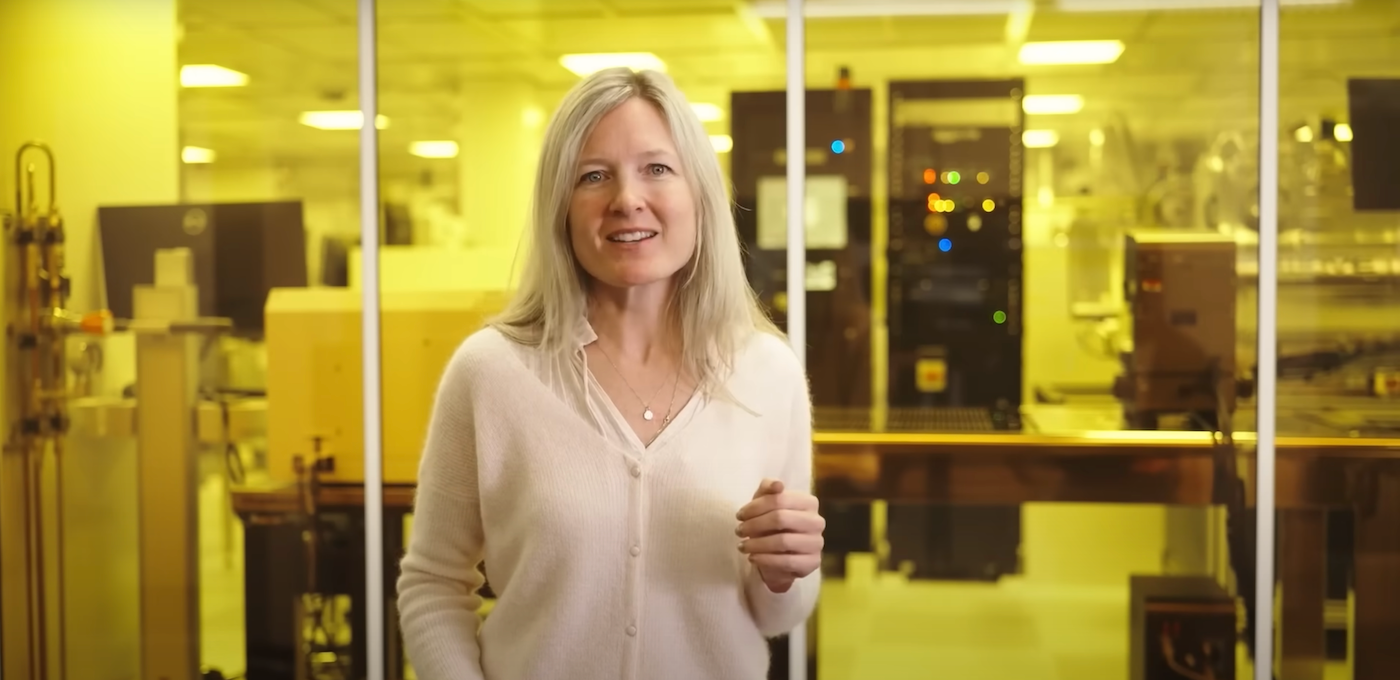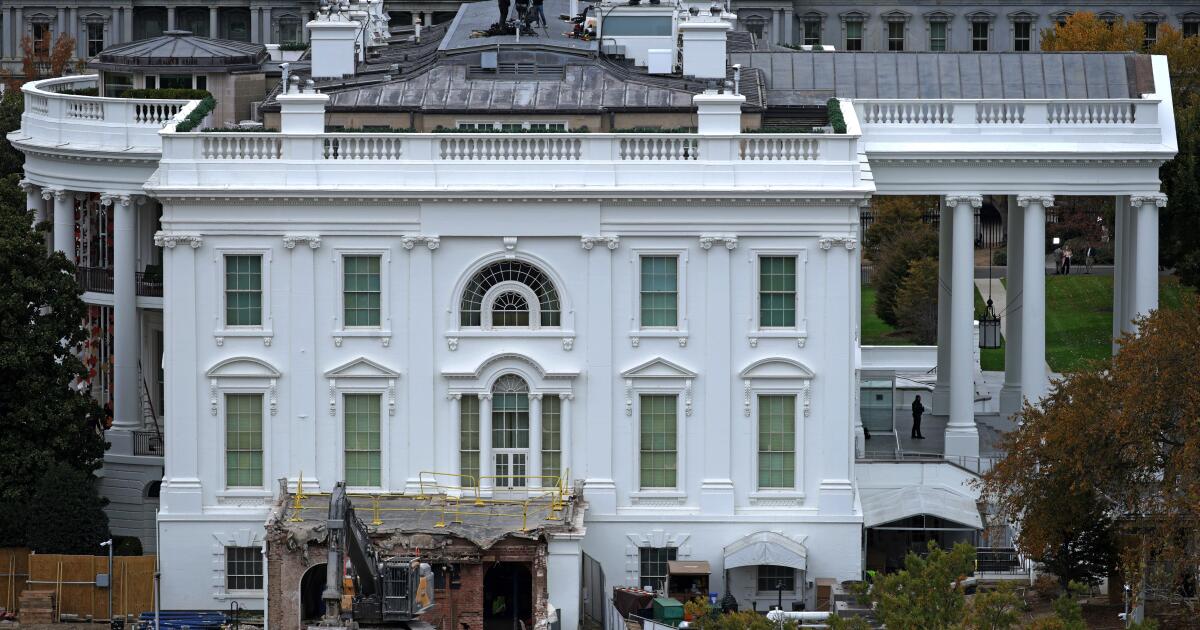In February, Microsoft said he had created a new form of matter and had used it to develop a quantum computer architecture that could get to work solving complex industrial problems in years. Since the announcement, some researchers and scientists have played these statements, saying that Microsoft has not achieved what it suggests.
The promise of topological qubits
Microsoft declared that its internal experts had created “the world's first topoconductor, a type of innovative material that can observe and control Majorana's particles to produce more reliable and scalable qubits, which are the construction blocks for quantum computers.” Majorana particles are fermions, a subatomic particle.
What makes these particular topological qubits potentially promising is their supposed natural capacity to reduce errors, which is one of the biggest challenges faced by all current quantum computers.
The topucercator is a component of a new chip called Majorana 1, which Microsoft said it could unlock uses at an industrial scale for quantum computing in years. The company said the chip is an important roadmap to place a million qubits in a single chip. In addition, Microsoft said the topoconductor can create a completely new state of matter that allows Majorana particles to organize in an orderly grid of H. -shaped units.
“It is complex because we had to show a new state of matter to get there, but after that, it is quite simple. It is fine. You have this architecture much simpler that promises a much faster path to the scale,” said Krysta Svore, Microsoft technical fellow.
Research is part of DARPA's sub -explorate systems for quantum computing competition of the Public Services Scale (US2QC) to create a quantum computer whose computational value exceeds its costs.
Skepticism of the scientific community
There are many reasons why Microsoft's announcement was a shock for the community, but the largest is due to the elusivity of these Majorana particles. The particles first proposed in 1937, but in reality finding them has been a challenge; However, Microsoft declared that he had not only detected these elusive particles, but had managed to take advantage of them in a work machine containing eight topological qubits.
Since then, the objections to the Microsoft methodology have emerged, including the Nature editor that indicates that the document published in Microsoft does not prove that there are particles of Majorana on any specific device. In addition, the experiments of the type that Microsoft performs tend to create false signals that may resemble the presence of Majoranas, according to the interviews conducted by Newscientist.
In addition, researchers argue that Microsoft simply has not shared enough evidence to make a backup copy of their statements.
Henry Legg, professor of theoretical physics at the University of St Andrews in the United Kingdom, recently published a criticism prior to the impression that states that Microsoft's work “is not reliable and should be reviewed.”
Legg says that the company's work does not have a “consistent definition” and that the findings “vary significantly, even for the measurements of the same device.” Microsoft's quantum vice president, Zulfi Alam, backed down, calling legg a “pontifier” who did not “bother to read the documents or even try to understand the data.”
See: Amazon says that your Ocelot chip reduces errors that can plague quantum computing.
“Microsoft's announcement in his topological qbit, a matter of use of Qbit that can be reformed to perform the crucial error operations for the success of Quantum Computing, has been a central strategy for Microsoft for more than a decade,” said Gerald Mullarly, an interim CEO of Oxford quantum circuits. “Its advertisement indicates that the QBITs could be formed from a single 'physical qbit' using intelligent (but incredibly difficult) material and manufacturing techniques of microns of size.”
Mullerly continues to say: “While this is a significant time for maturity and the rapid march of the industry, a greater research on the measured coherence and the characterization of the loyalty of the door is required, key metrics are required to understand the viability of the platform) to really understand its impact. Research such as this of an important technology company supports the importance and perspectives of commercial quantum computing.”
Time will say if the Microsoft announcement represents a genuine quantum revolution.
Technology personnel writer Megan Crouse contributed to this article.












